The United States’ 49th state, the country’s largest, is famed for snowy landscapes, wintry weather and frigid temperatures.
But the long days of summer – most of the state has almost 24-hour daylight for two months each year – mean that there’s no shortage of time to experience the wilderness, people and culture that make this a truly special destination.
And with the coolest average summer temperatures of any US state, it’s a great place to escape the heat.
From kayaking alongside orcas to watching bears on Kodiak Island, brewery visits in Fairbanks to discovering the remarkable indigenous culture, here are nine ways to make the most of an Alaskan summer.
Many of the travel experiences are also available throughout the year – just wear a warmer coat.
Walk on a glacier
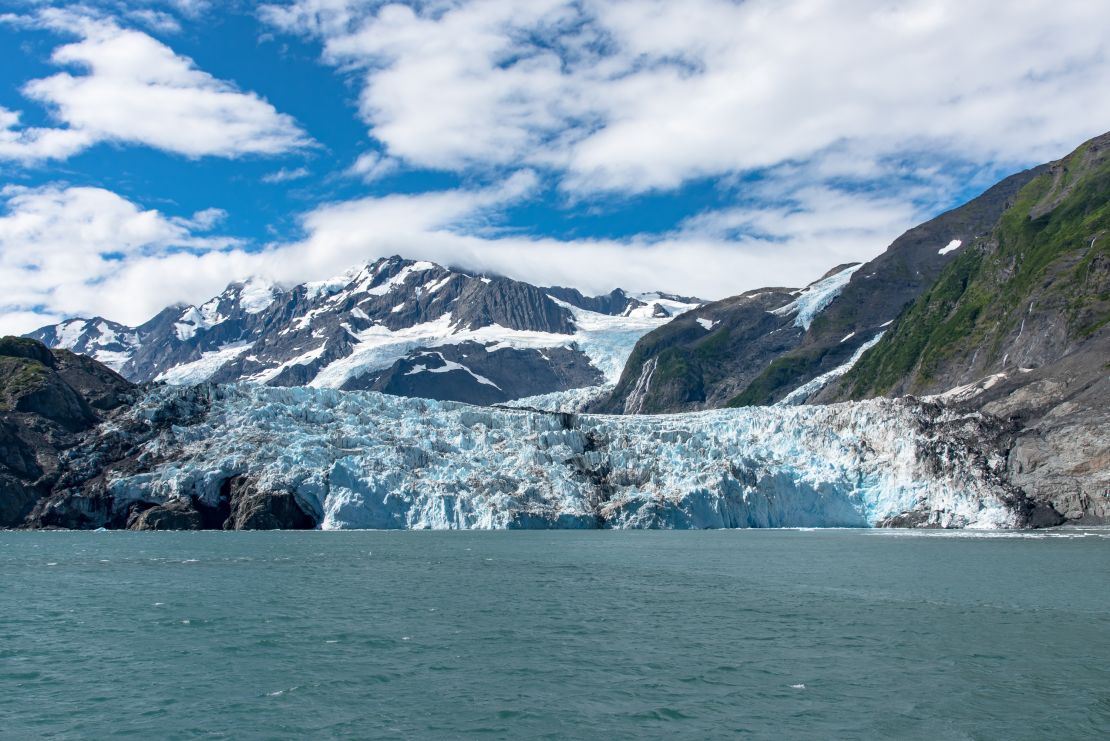
Alaska boasts more than 600 named glaciers, plus thousands more unnamed glaciers. Made up of snow that has compressed into ice over time, they move and flow like very slow rivers. While some measure just the size of a football field, others can be dozens of kilometers long.
There are more than 60 within a day’s travel from Alaska’s largest city of Anchorage, with sightseeing cruises the most popular way to experience them to destinations such as Prince William Sound, home to 150 glaciers, including 17 tidewater glaciers that calve huge chunks of ice into the water.
Another option is to take a flightseeing trip with companies such as Rust’s Flying Service, based at Lake Hood Seaplane Base in Anchorage, the world’s largest airport for floatplanes. They offer daily departures flying over destinations including Barry Glacier and Lake George National Natural Landmark’s Knik Glacier, which is nearly 25 miles long (40 kilometers).
Optional landings, depending on weather conditions, even allow visitors to walk on some glaciers.
Ride the rails
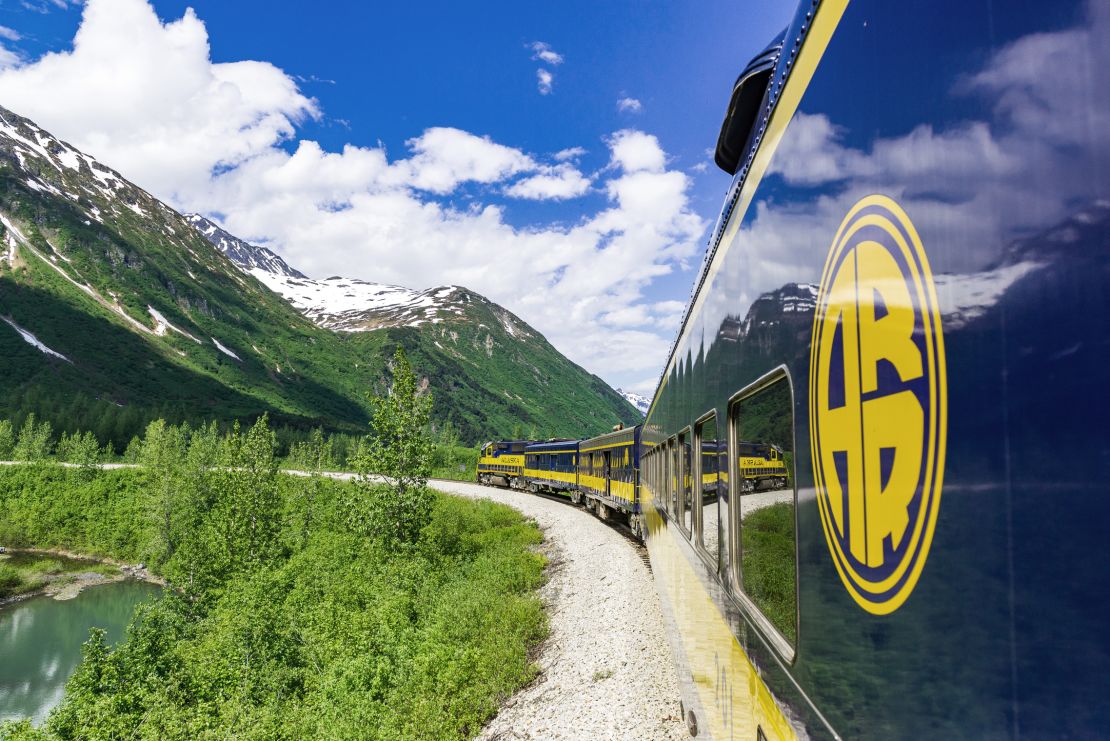
Alaska may be two and a half times the size of Texas, but it has only as many miles of road as Rhode Island, meaning that the iconic Alaska Railroad is a key lifeline to get around the state. The famed yellow and blue trains follow a number of routes, with the main line running 470 miles from Seward to Fairbanks.
Their flagship train is the Denali Star, a 12-hour trip from Fairbanks to Anchorage that allows for spectacular views – especially on clear summer days – of the tallest peak in North America, Denali. Other highlights along the 356-mile route include the Chugach Mountains and Alaska Range.
Onboard, optional experiences include traveling in GoldStar cars with glass-domed ceilings, with dining car meals included and a premium bar. The Alaska Railroad runs throughout the year, but the season until mid-September is busiest and best for viewing the stunning landscapes and catching glimpses of wildlife.
Bear watching on Kodiak Island
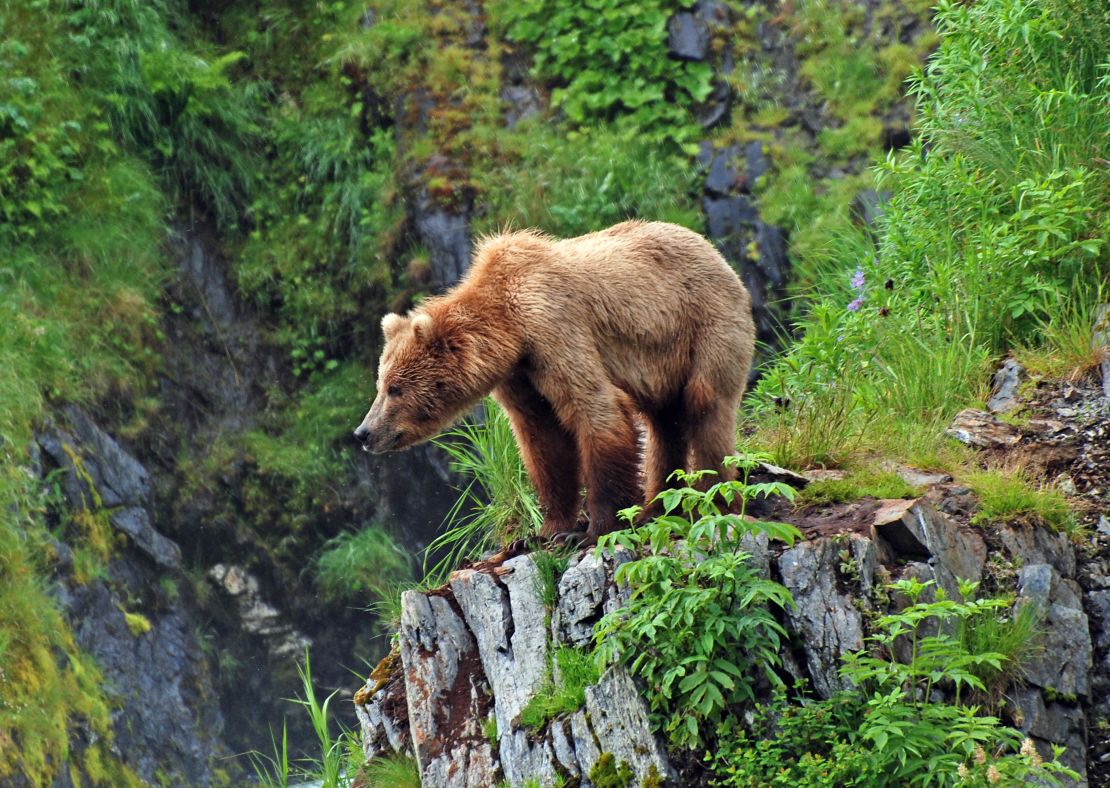
Although Alaska is not exactly short on bears, with black, polar and brown, the state’s most famous are a brown subspecies, ursus arctos middendorffi – better known as Kodiak bears.
These massive animals can stand 10 feet tall and weigh more than 1,500 pounds, matching polar bears for size. They’ve thrived since the last ice age thanks to Kodiak Island’s pristine environment and abundant food including salmon, shellfish and berries.
Unsurprisingly, the best opportunities to view them come at salmon streams, notably from July through September. Options include the Saltery River, but you’ll need to be in a four-wheeler, or from Russian River Bridge on the Chiniak Highway. Alternatively, Frazer Lake is accessible by floatplane and boasts a very high chance of spotting them.
Fairbanks brewery tour – and samples
The city of Fairbanks boasts 70 days in the summer where the sun shines pretty much 24/7, a period when farmers markets, food trucks and local breweries come into their own.
The HooDoo Brewing Company was launched by Bobby Wilken in 2012 and has become a must-visit thanks to its taproom featuring beers brewed on site using the finest local ingredients and water that doesn’t get fresher.
That turns into brews including the crisp German Kölsch, a Citra Pale Ale or HooDoo Stout with chocolate and coffee notes amongst the roasted barley. In the tasting room, visitors are entitled to no more than two beers each, but more are available to take away.
The thriving local food truck scene rotates offerings to hungry patrons drinking al fresco.
Aurora borealis
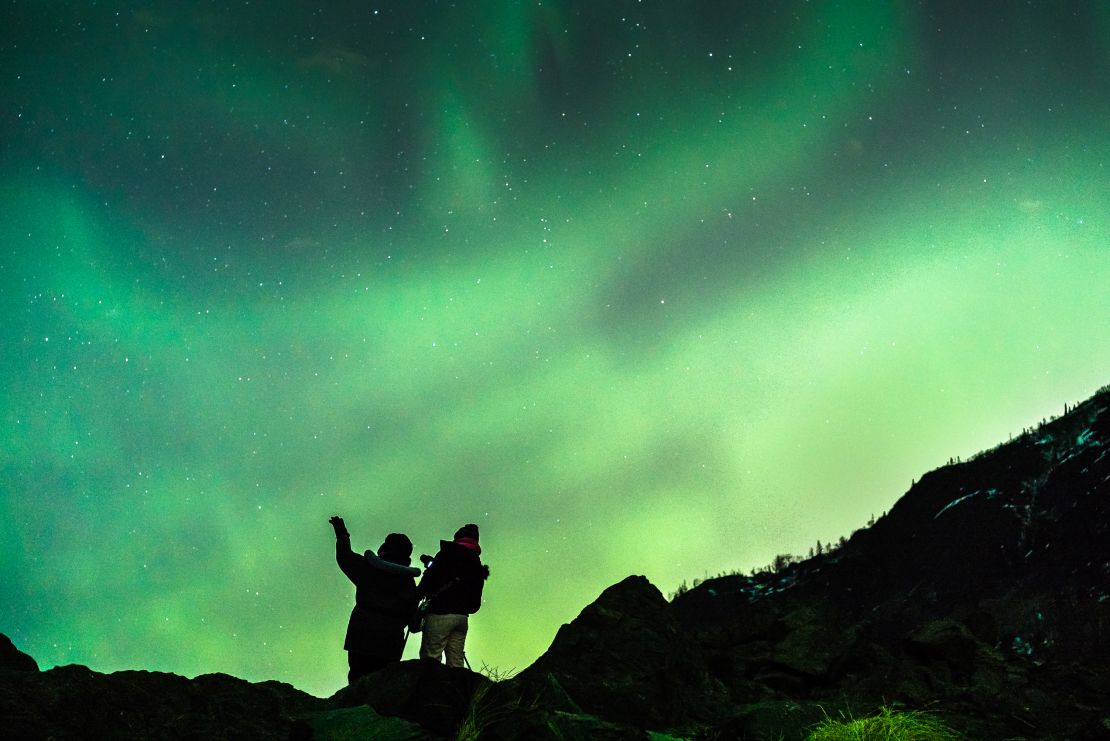
Admittedly this is a late-summer event, but aurora season kicks off from August 21 and runs through the end of April, bringing with it chances to catch the extraordinary nocturnal display of the northern lights.
Fairbanks takes home bragging rights over Anchorage when it comes to spotting them, thanks to its 65-degree northern latitude and location away from the coast underneath the “aurora oval.”
If visitors stay for three nights in a row and head out late night or early morning, there’s a 90% chance they’ll catch the spectacle that tops the bucket list of countless global visitors hitting the 49th state.
Days at the museum
Alaska punches above its weight when it comes to museums, with the University of Alaska Museum of the North in Fairbanks and the Anchorage Museum both offering visitors first-class interactive experiences and cultural immersion.
In Fairbanks, the museum’s collections extend to a mind-bending 1.5 million specimens and artifacts, grouped into disciplines including ethnology and history, earth sciences and fine arts. A 50,0000-year old mummified bison named “Blue Babe,” two millennia of Alaskan art and special exhibits and events are just some of the draws.
Down in Anchorage, the city’s eponymous museum delivers a compelling collection of permanent and temporary exhibitions that trace the state’s history.
The permanent “Alaska” exhibition tells the state’s story and chronicles the people who have made it their home for thousands of years, while “Living Our Cultures” showcases hundreds of indigenous Alaskan artifacts from the Smithsonian Institution.
Alaska native traditions
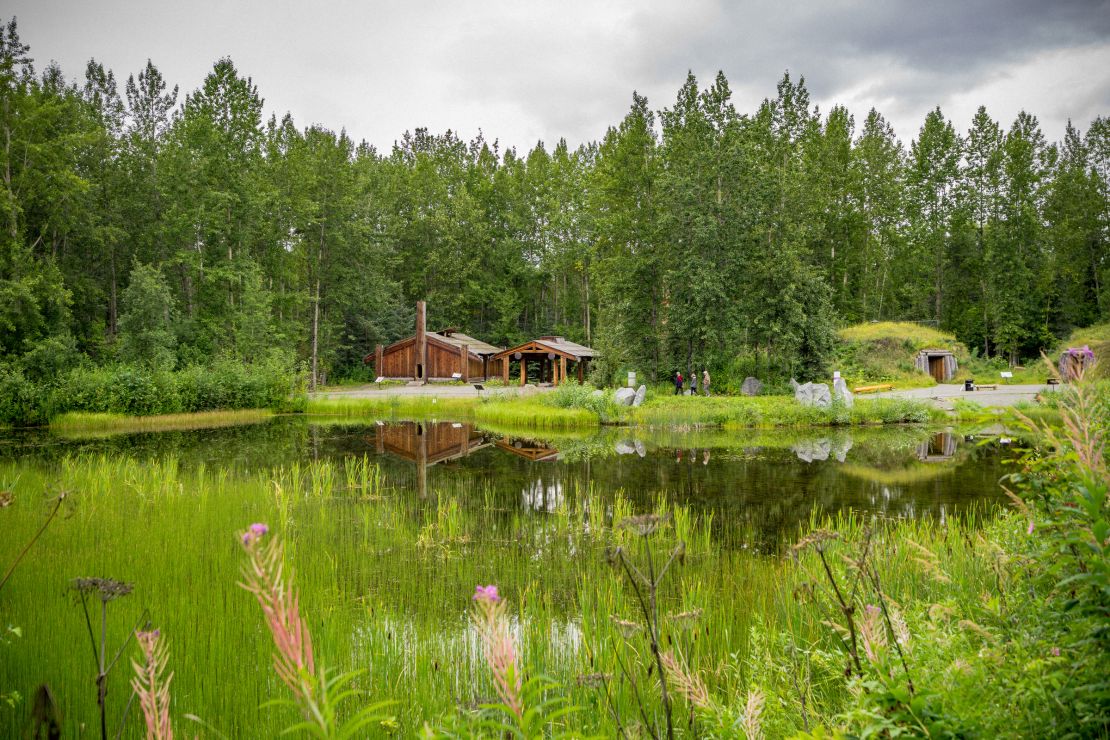
Diverse native cultures and traditions are celebrated in Anchorage’s Alaska Native Heritage Center, allowing locals and visitors alike to learn more about the people who have lived in the vast state for more than 10,000 years.
Exhibits, workshops and demonstrations allow for understanding of the rich mosaic of indigenous cultures, so you may find yourself listening to traditional Athabascan music and stories or learning about Aleut native games in the center’s Gathering Place.
Outside in the museum’s 26 acres of wooded grounds, a series of dwellings around Lake Tiulana demonstrate ingenious approaches to living within some of the planet’s harshest environments.
Kayaking by orcas
South of the capital Juneau, near the border with British Columbia, Orcas Cove is the aptly named spot near Ketchikan where visitors may be lucky enough to catch the magnificent spectacle of pods of orcas, also known as killer whales, visiting during salmon season.
A small, family-run business, Southeast Sea Kayaks has offered local kayak wilderness tours for more than 20 years. Although orca sightings are obviously not guaranteed, other wildlife to be spotted could include humpback whales, porpoises and black bears.
Their tours are deliberately small and personal with never more than six guests, while they also run free and low-cost programs for local organizations.
Chena Hot Springs

Finally, a dip is a welcome diversion regardless of the weather at a natural hot springs a couple of hours from Fairbanks. That’s because the Chena Hot Springs are a constant 106 degrees Fahrenheit.
The mineral-rich hot springs have been used for centuries but the Chena Hot Springs Resort was founded a century ago by two brothers, gold prospectors who realized the water’s healing properties would be a draw for weary fellow miners.
Today the outdoor hot springs are for adults only, but indoor swimming pools, hot tubs, restaurants, riding and more are available for all.
Toward the end of summer, a whole new experience awaits in the form of watching the northern lights – from the comfort and warmth of a naturally heated pool.
When you use affiliate links on this page, CNN may receive revenue. CNN is not responsible for the goods or services provided through such links.









